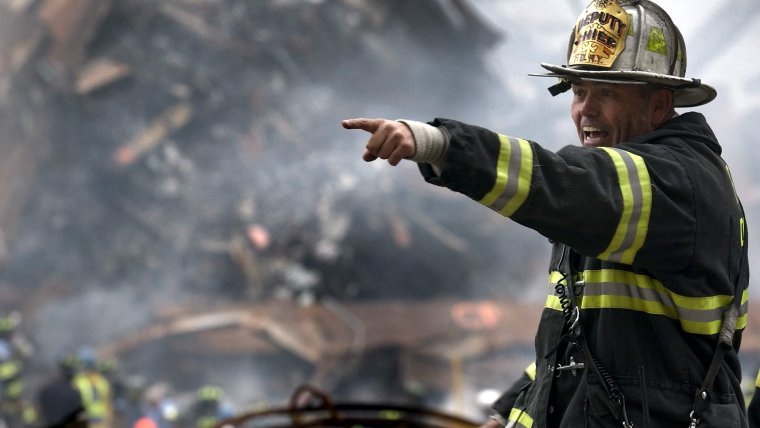
A natural disaster has been becoming quite common in the world lately, leaving so much devastation behind. Sadly the aftermath of these events is often required to be captured and documented. In this article, I will be exploring a few tips I hope you never have to use or not use too often. Most natural disasters don’t come with a structured schedule as to when and where they will happen. As a result of this, there is almost no way to be prepared for things such as an earthquake or flooding. When it comes to a hurricane however you have a lot more time to prepare as weather forecasters give you a breakdown of when and where the hurricane will hit. Capturing images of natural disasters is not something people are generally interested in but can serve a huge purpose. One of the many reasons is, It serves as a reminder to get relief for victims and survivors of the tragic event. It also helps to spread news of the damage done to specific areas view newspaper or other printed publications. There is no specific training course to give you a step by step guide as to how you go about capturing these images, so I do hope this article is a great help when the unfortunate opportunity arises to use them.
Table of Contents
It’s only right to start off our tips with one of the most important tips for them all. Always ensure your safety before heading into an unstable environment. Each natural disaster has its own characteristics, however, they all share one thing in common. That one this is, they all have the ability to destabilize buildings or damage structures. Where there is damage there is always debris which may entail loose concrete, sharp metal or potential explosives. Be sure to travel with at least a first aid kit or health professional in the event of any mistakes.
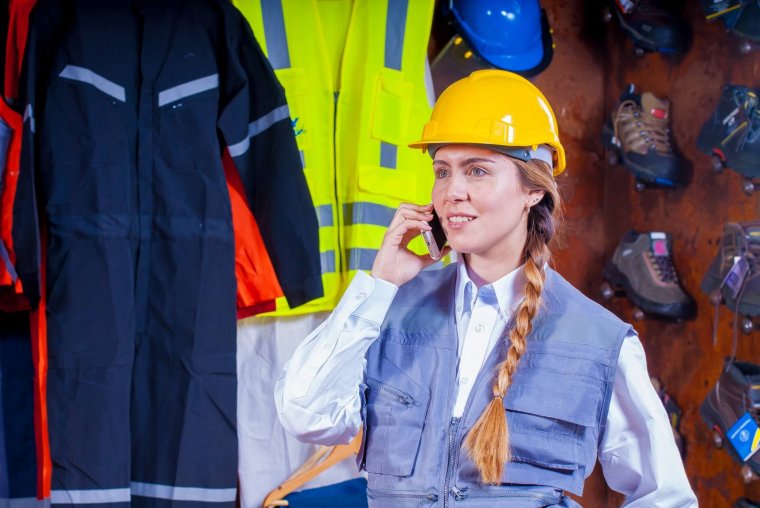
When shooting unstable weather conditions you will always find a frequent change in weather pattern. It may go from rainy to sunny or vice versa but none the less be prepared for the worst. Ensure you are traveling with the best camera bag for any weather that may come in your path. Weatherproof camera bags are becoming quite common among professional photographers and can be easily found on Amazon for some pretty reasonable prices.
Try to read up on different natural disasters as much as you can so you are educated on the different levels that each disaster carries. Once informed, you get an idea of what to expect as you paint a picture as to what the aftermath might look like. In the event of a natural disaster happening when you’re on location such as a tornado or aftershock, try to also be informed about the safety measures taken when these disasters happen. If you are unsure as to what you should do in the event of these things happening then you should not even think about going into such territory.
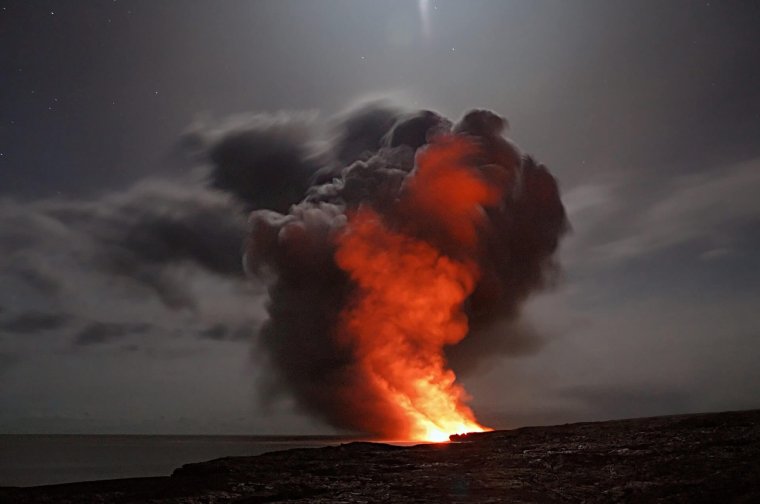
Always be sensitive when capturing images of natural disasters. Keep in mind there are children and families who may have just lost all they had and the last person they want to see is a stranger capturing them at their lowest point. Therefore try to avoid capturing many images with the expression of victims in them. This can come off one of two ways and there is often a fine line between them both. It can come off positive and shed some light on the situation at hand or it can involuntarily make a family or individual look like a charity case on a platform they did not wish to be on. It is also important to show honesty through your images and not try to stage or manipulate a scene as this affects the integrity of your work. Capturing things as they add emotion to your images and conveys a message to others. So don’t overthink it or try to get to get too technical, just take pictures.
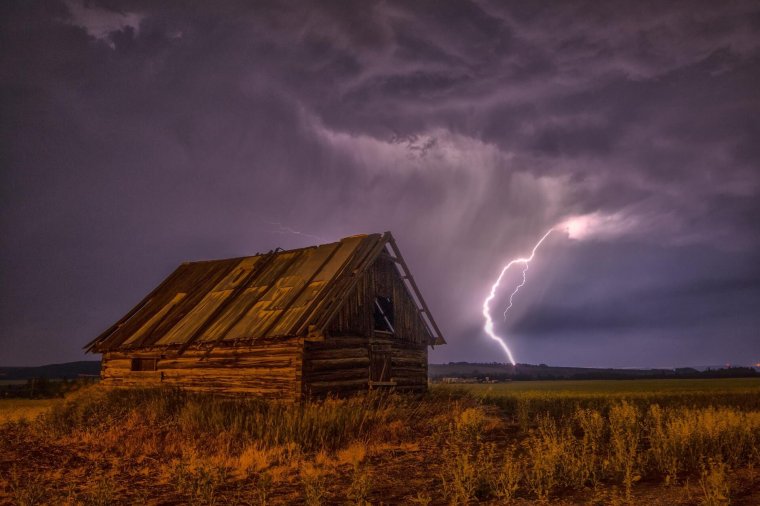
Add diversity to your images and do your best to change up your angles as much as possible. This helps to give various perspectives on the disaster at hand as well as appeal to the emotion and attention of your viewers. Take a few wide angle shots to show the level of destruction left behind and to also give an idea as to the magnitude of the natural disaster itself. Many individuals have never experienced a natural disaster and tend to underestimate its capabilities. These wide angles shots make an impact on proving to those who underestimate mother nature that she is no joke.
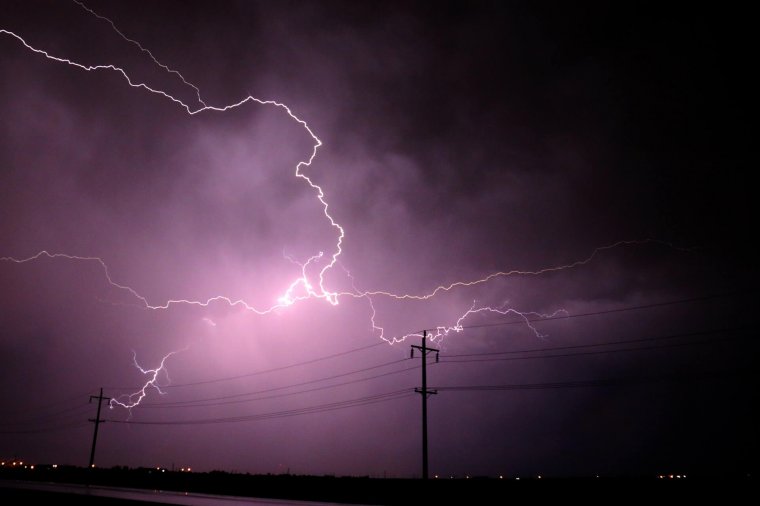
It’s been fun to share these tips with you, which I do hope you won’t have to use often but its always good to be prepared. Until next time, thank you for stopping by!
Comments (0)
There are no comments yet.